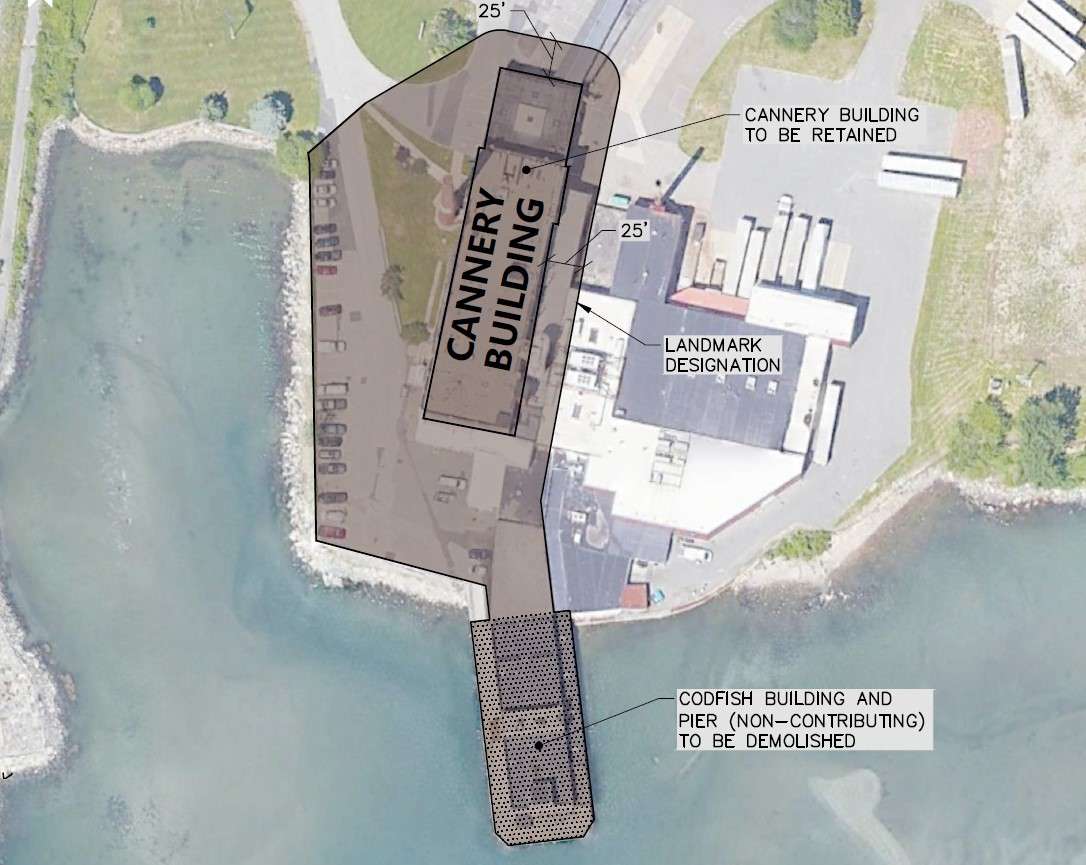
Roux Institute's plans for former B&M factory raise razing questions for historic pier
Like the familiar smokestack razed last August, an iconic part of the former B&M baked bean factory in Portland — proposed future home of Northeastern University’s Roux Institute — may soon disappear.
A nomination to make the factory’s 109-year-old main cannery a Portland landmark goes before the Historic Preservation Board on Wednesday afternoon. But if approved by the board, a nearby sister building and the 140-foot-long pier it sits on would be demolished.
A modern, pedestrian-friendly pier might ultimately replace the old one, but details aren’t public yet. Meanwhile, a Portland resident is asking the city to save the existing structures, where Burnham & Morrill Co. canned codfish even prior to gaining fame for baked beans.
Like the main cannery, the “codfish building” was constructed in 1913, by the same architect and contractor, with the same red brick and white-painted concrete design.
George Rheault told Mainebiz, “This is a huge opportunity to preserve the wharf, open up the codfish building, tell the B&M story and let people be part of the campus.”
Rheault is an attorney who moved to Portland in 2015 and lives in West Bayside.
His concerns come as residents of East Deering, the neighborhood surrounding the former factory, express their own worries about the viability and impact of the large project.
Left out from landmark
The landmark nomination has been submitted by the Institute for Digital Engineering and Life Sciences, the nonprofit that purchased the factory last year from New Jersey-based B&G Foods Inc. for an undisclosed price.
Tech entrepreneur and Lewiston native David Roux and his wife, Barbara, formed IDEALS in 2018, and donated $100 million to help the organization and Northeastern launch the Roux Institute in 2020. The institute is a graduate and research arm of the university, with a focus on information engineering and life sciences.
For now, the Roux Institute is leasing space in downtown Portland from WEX Inc. But the institute plans to make its permanent home on the 13.6-acre site in East Deering, a high-visibility location sandwiched among Interstate 295, the mouth of Back Cove and Casco Bay.
Over the next 20 years, IDEALS and the Roux Institute hope to create an “innovation hub” out of the former factory and its grounds — complete with housing, hotels, restaurants and retail. The first phase, over the next five years, calls for construction of main offices and a business incubator, up to 250 apartments and up to 125,000 square feet of commercial space.
The project will require city zoning changes and review of many plans still to come. But the pier and the codfish building aren’t part of them. Saltwater corrosion has whittled away the pier’s concrete supports and damaged parts of the building, so much that an engineering firm advised IDEALS a year ago that the structures weren’t worth salvaging.

“It is our opinion that undertaking a structural rehabilitation will have a cost that far exceeds its replacement value and that the rehabilitation efforts carry a risk of being unsuccessful,” Portland-based Thornton Tomasetti wrote in its 2021 findings. “Unless IDEALS has a critical programmatic need, it is our opinion that the [existing building] is a financial and safety liability.”
IDEALS Executive Director Charles Hewett compared the deterioration to what caused the Surfside condominium building in Florida to collapse last year, killing 98 people.
“The bottom line is, our engineers say you could spend a lot on this over a decade or two, but the building is really beyond repair,” he told Mainebiz. “We just don’t have the money to spend that way.”
Whether or not the rehabilitation costs exceed the value of the pier and the codfish building, neither Thornton Tomasetti nor Hewett have said exactly what any of the dollar estimates are.
'Not an unreasonable ask'
Rheault hopes the city will take another look at the pier and the codfish building before letting them be lost forever.
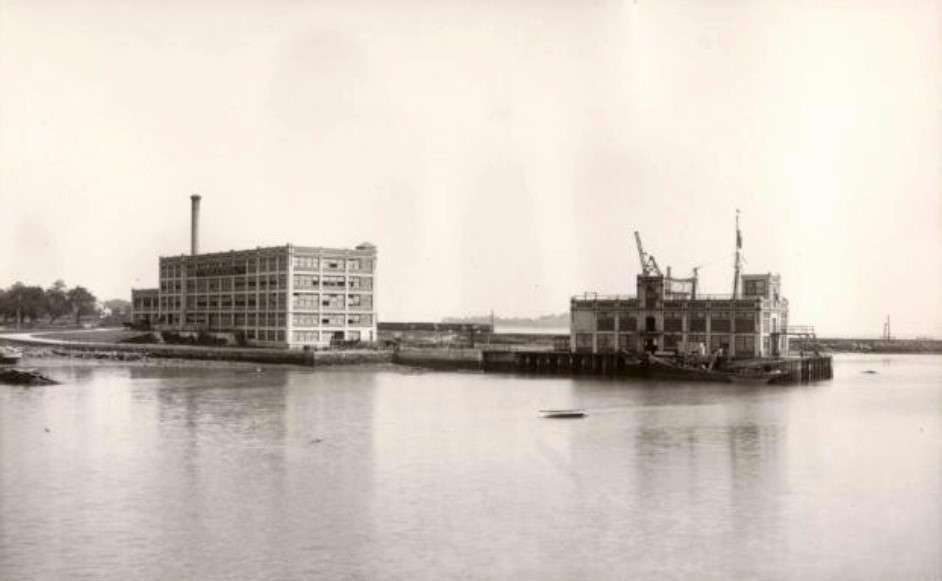
In emails over the past few months, he’s urged officials to commission their own study of the structures. He’s also suggested the city apply the same painstaking caution used in dealing with other historic reuses such as the Portland Co. complex, which is now being redeveloped on the eastern waterfront.
“There are unquestioned challenges to preserving the wharf building, but considering the scale of the overall real estate play here … the expense is not an unreasonable ask,” he wrote to the preservation board in March.
The B&M pier and codfish building are integral parts of the city’s history, he believes, because they represent an early “sea-land” connection for Portland manufacturing as well as a time when Back Cove was a working waterfront.
Without the 145-foot-fall smokestack — added in the 1950s — and without the older structures, the remnant of the B&M plant will be “shorn of its context, and is not going to adequately tell a story or be very evocative of what it once was,” Rheault said.
Some Historic Preservation Board members have expressed similar caution in previous workshops on the project. But so far, most public criticism has come from East Deering residents who worry about traffic, noise, shadows and other potential effects of large-scale development in their neighborhood and feel the innovation hub is out of scale.
For its part, IDEALS plans to build a pier with a “commemoration” to the previous one’s history, while also providing access to water recreation and perhaps an event space, Hewett said.
IDEALS has offered to expand the landmark designation to an area surrounding the cannery building by 25 feet. But that buffer doesn’t include the pier and codfish building themselves.
The Historic Preservation Board meets Wednesday at 5 p.m. and more information can be found here.
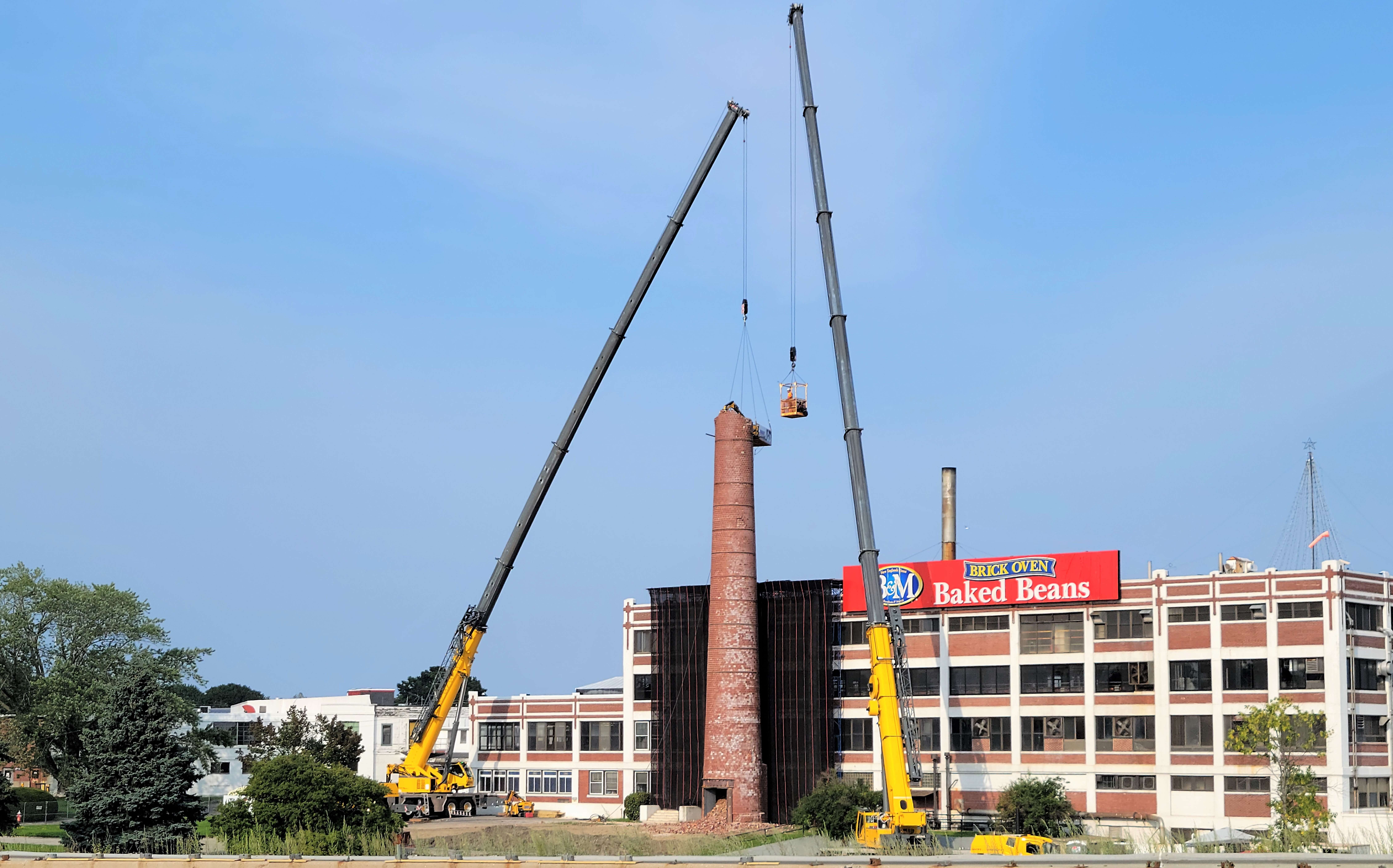
Mainebiz web partners
It figures; another NIMBY from away knowing what's best for Mainers
The story of B and M Cannery is very interesting and part of Portland's history, of course. But those buildings and pier are not visually appealing and, especially if not structurally sound, should be demolished and replaced with new structures - up-to-date in all safety standards and a credit to the coastal landscape and community. My opinion only.
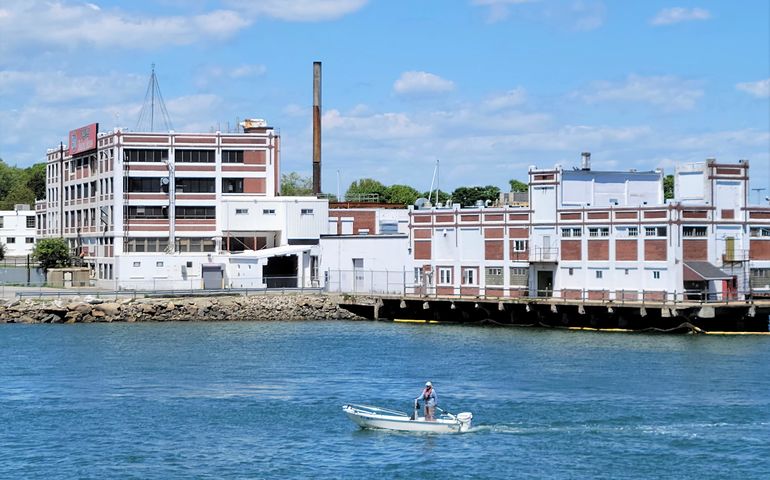
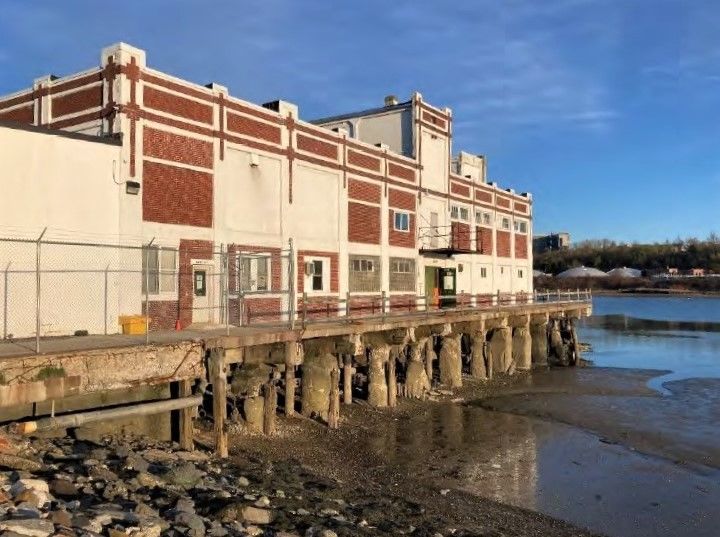

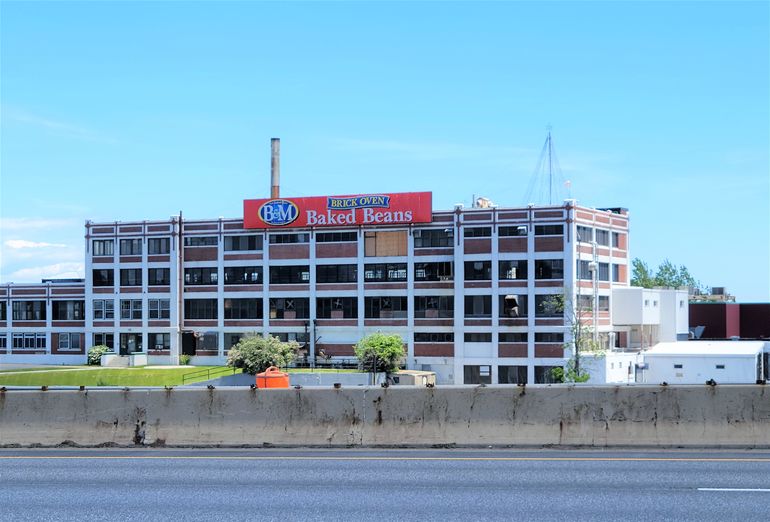






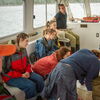








2 Comments